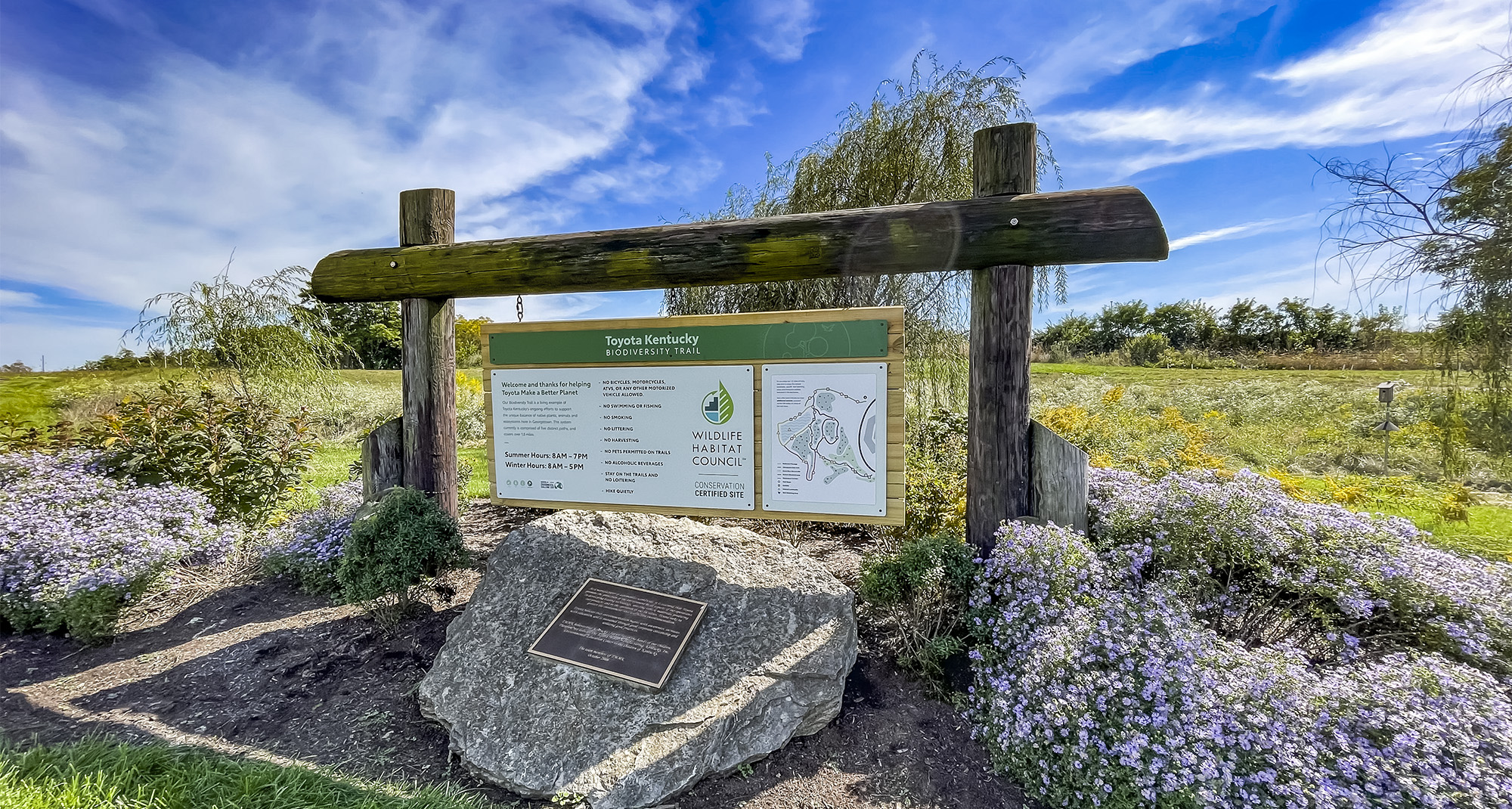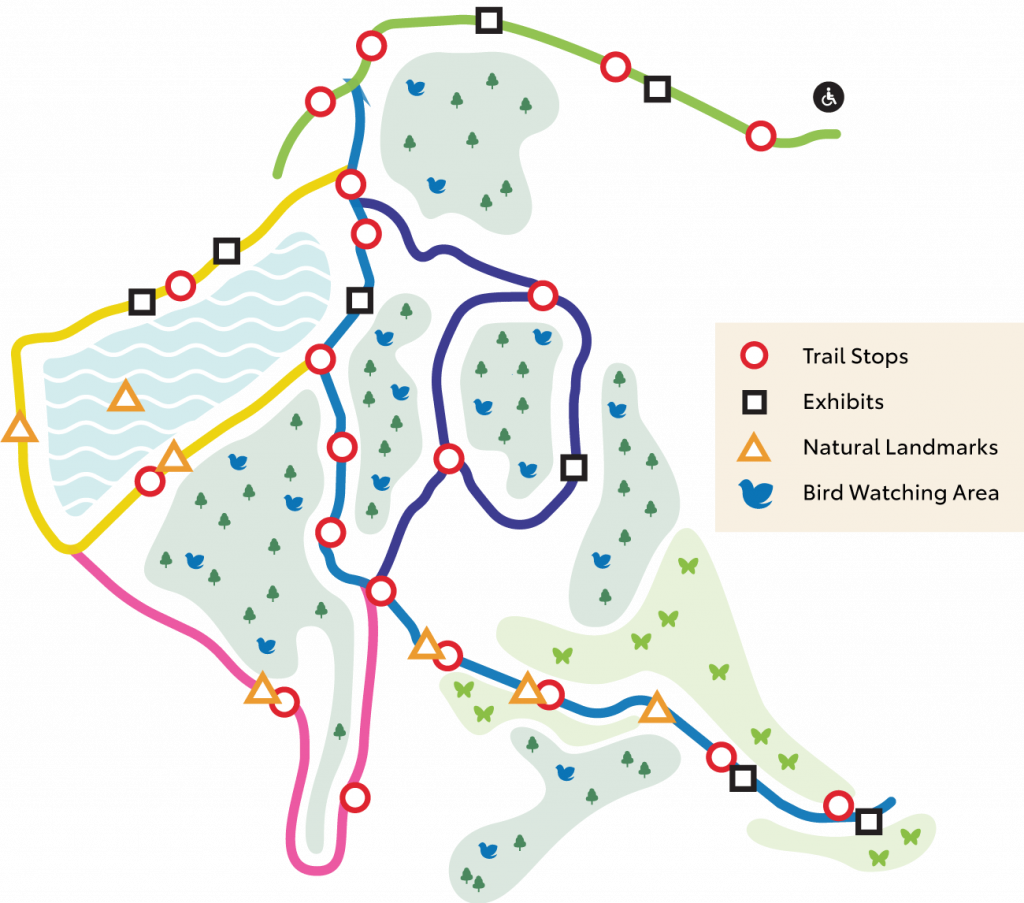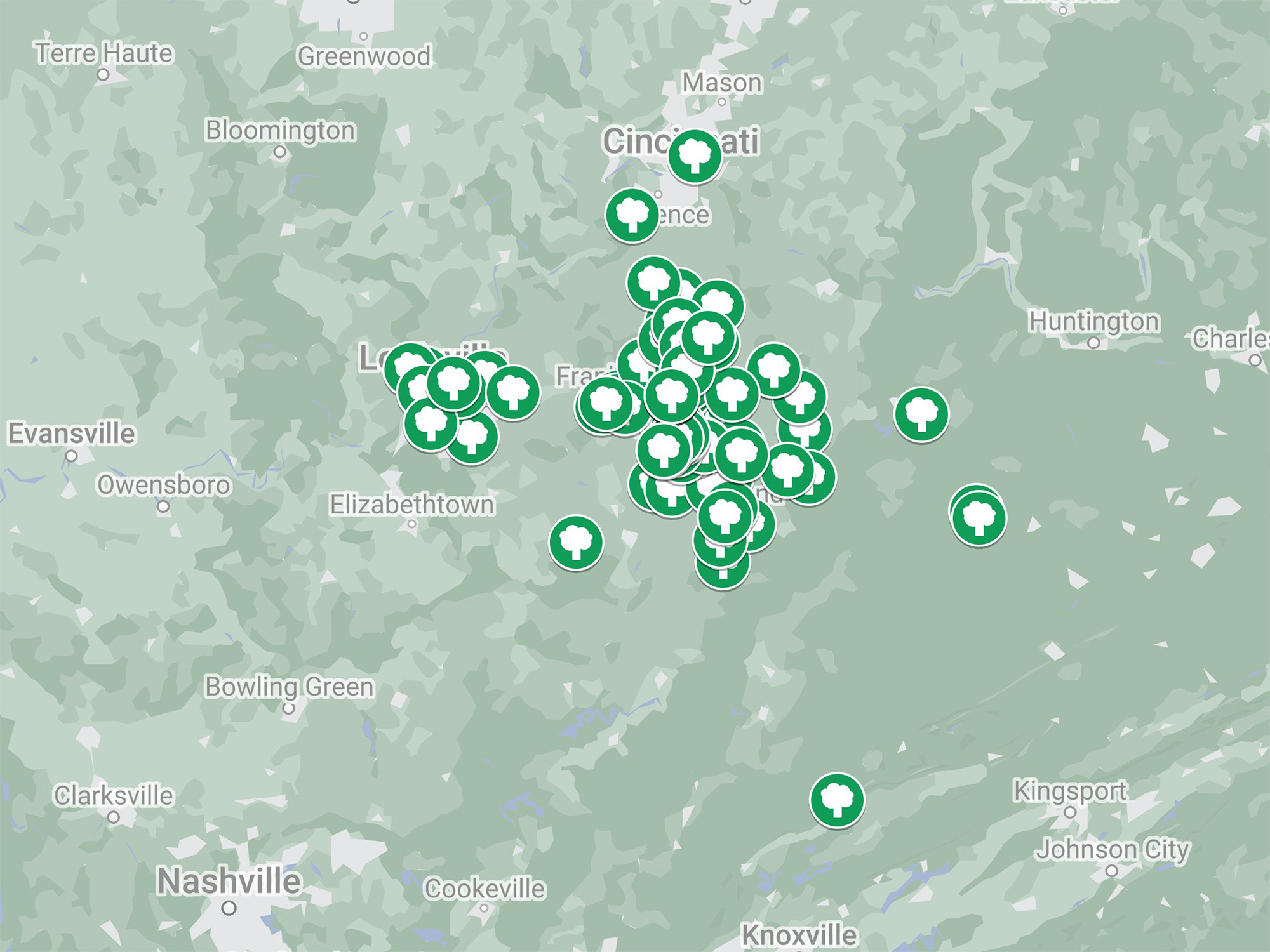
Toyota team members across North America participate in species protection projects as part of Wildlife Habitat Council® (WHC) certification programs. WHC helps us evaluate animal species on our sites and identify appropriate habitat creation and enhancement projects.



